Use of biodegradable plastic in forest
Plastics have a bad reputation from an environmental point of view. But new biodegradable plastic, used also in forest, is more common and simultaneously subject of extensive research.
Biodegradable plastic is usually produced from renewable raw materials and are offering innovative, more sustainable solutions. Biodegradable and compostable plastic is becoming a more frequent option on store shelves as the demand for “green” products grows.
That process reduces use of fossil resources.
Plastic is used a lot
Plastic is a versatile material – and it is used a lot. Too much. The search for alternatives to conventional fossil plastic compounds is in full swing.
New plastics are usually biodegradable and compostable. They are often made from biobased sources such as seaweed, sugar beets, or other plants, instead of fossil fuels. In this case, and if sourced responsibly, these materials can offer environmental benefits.
On the top of that, biodegradable and compostable plastic not only reduced carbon footprint, but they are also on par with quality and easy to introduce.

Biodegradable plastic
Biodegradable plastic is plastic that’s designed to break up when exposed to the presence of microorganisms. It is usually made from natural bioproducts, in rigorously controlled conditions of temperature and humidity in industrial environments.
Biodegradable plastics are still plastics. They are intended for short-lived use and often stay in the environment for a very long time before they actually degrade.
Biodegradable products
Biodegradable products can be degraded by the action of microorganisms existing naturally in the environment such as bacteria, fungi, and algae.
Compostable products can break down biologically. During this process forming compost, producing carbon dioxide, water, inorganic compounds, and biomass. It does not generate toxic waste and we obtain a compost of good quality.
Biodegradable and compostable plastic
Biodegradable plastic is defined by its ability to break down completely into substances found in nature, and in a reasonable time frame. This sounds good in theory, but in practice, doesn’t often work.
While compostable plastic also biodegrades, it is specifically designed and tested to be processed in either home or industrial composting facilities. Compositing facilities enable specific conditions like temperature and moisture to turn the plastic into usable soil conditioner.
Fate of a biodegradable plastic in forest soil
People think that biodegradable and compostable plasticis are good environmentally friendly alternative to the use of plastic made out of the cruel oil. Resent research confirmed that it is truth but only in some extend. The truth is that this subject is much more complex.
Role of bacteria in breaking down plastics
Recent an extensive study was carried by Coburg University and Environmental Research Center in Leipzig, Germany. Researchers investigate how the plastic compounds degrade in different forests. Result shows that the biodegradability differed significantly between deciduous and coniferous forests. In addition, nitrogen-fixing bacteria have been detected in this degradation process.
This means that the use of biodegradable plastic as a non-fossil plastic alternative for agricultural and forest areas can be better evaluated. In this process new fields of application can be found in order to reduce the proportion of fossil plastic in the long term – no matter in which one ecosystem.
These results gave us completely new insights into the microbial degradation of these special biodegradable plastics.

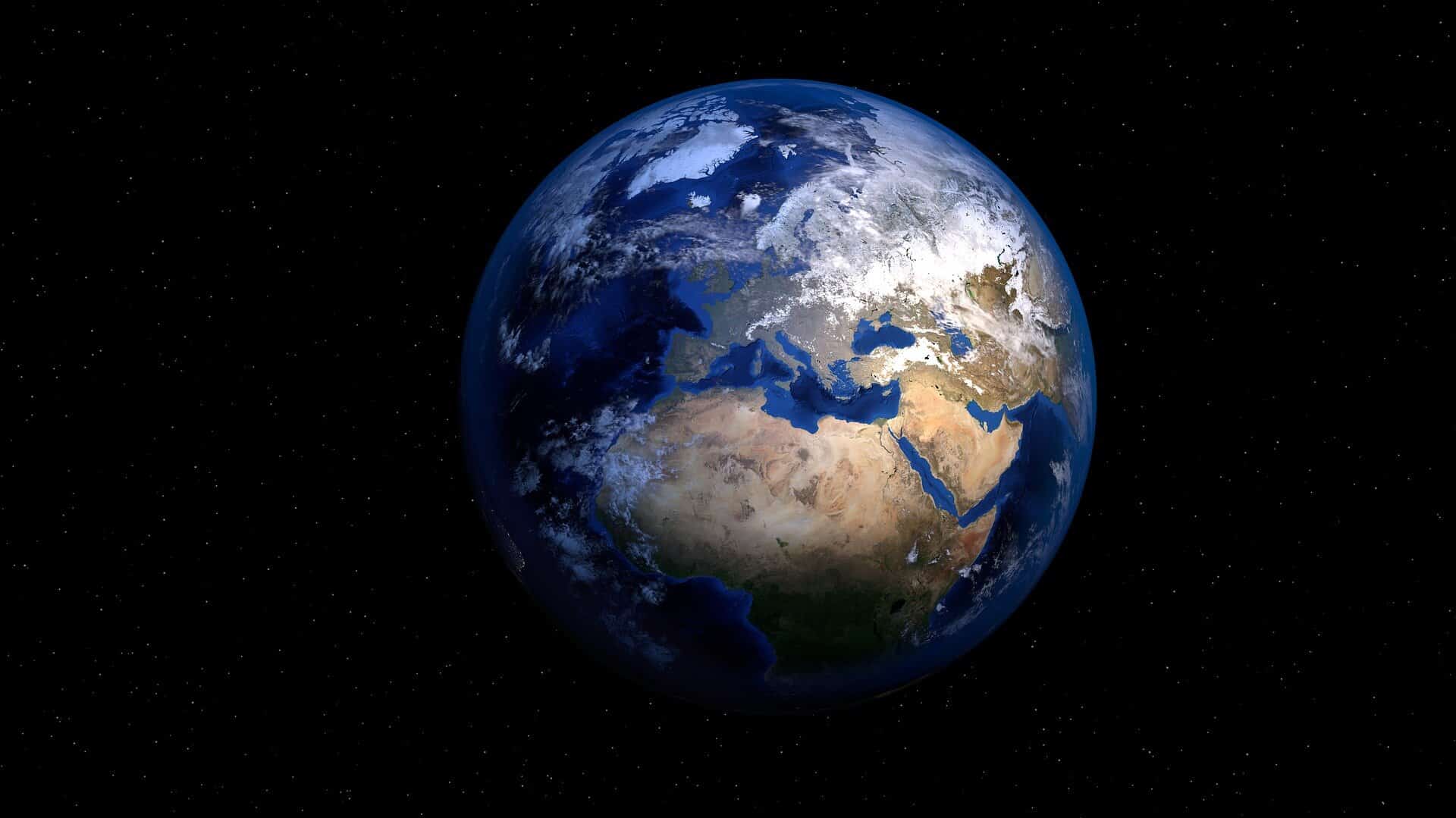
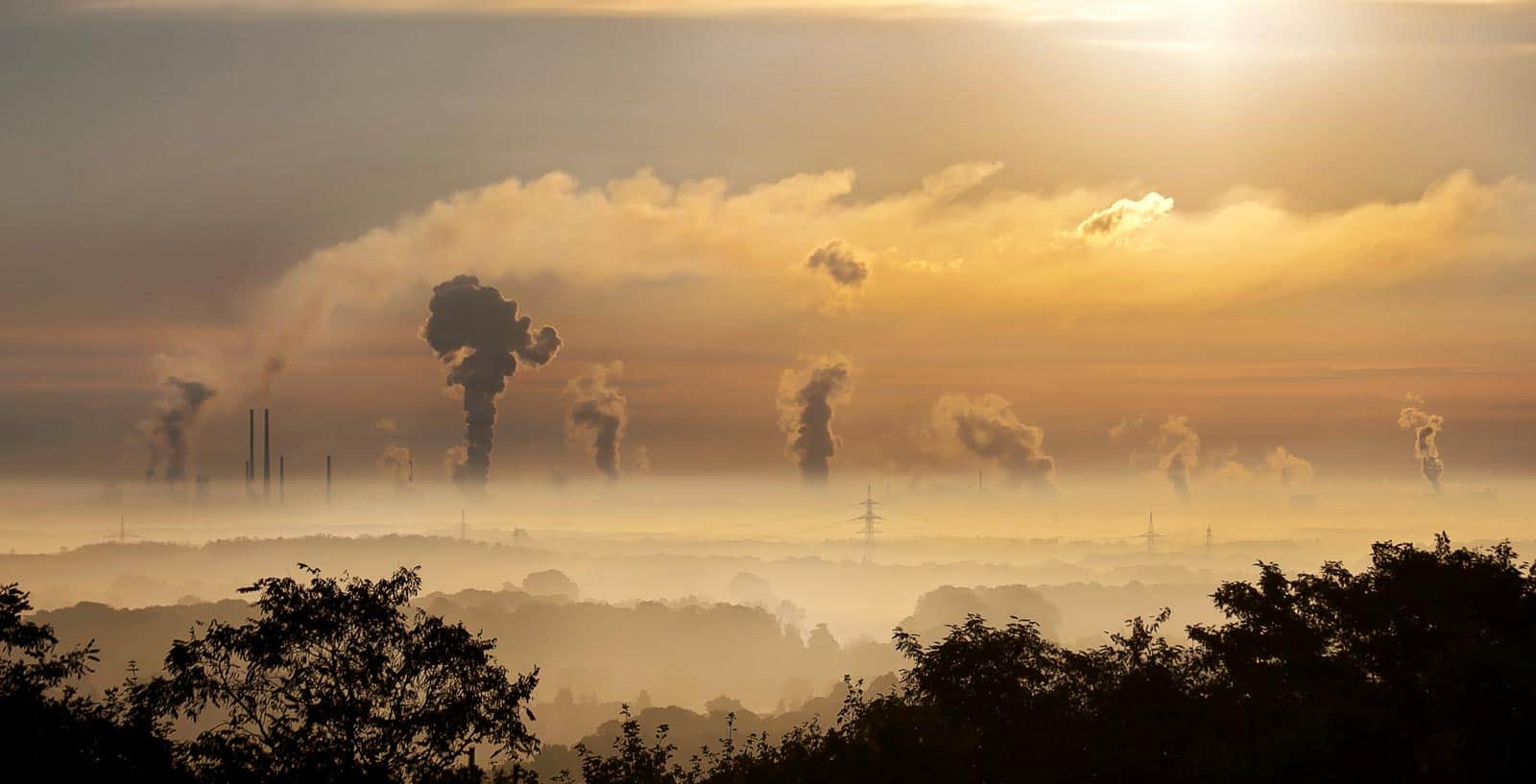
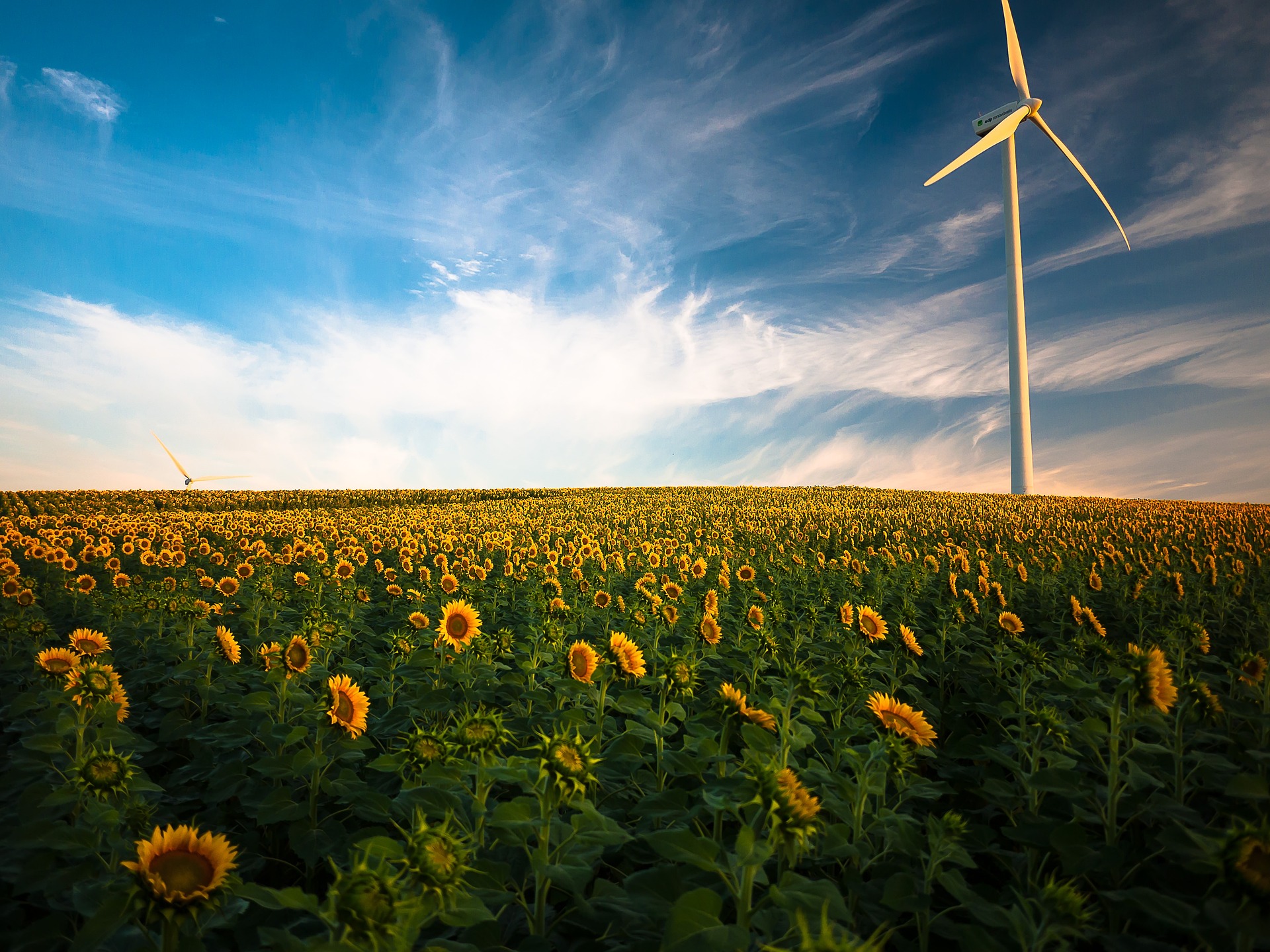
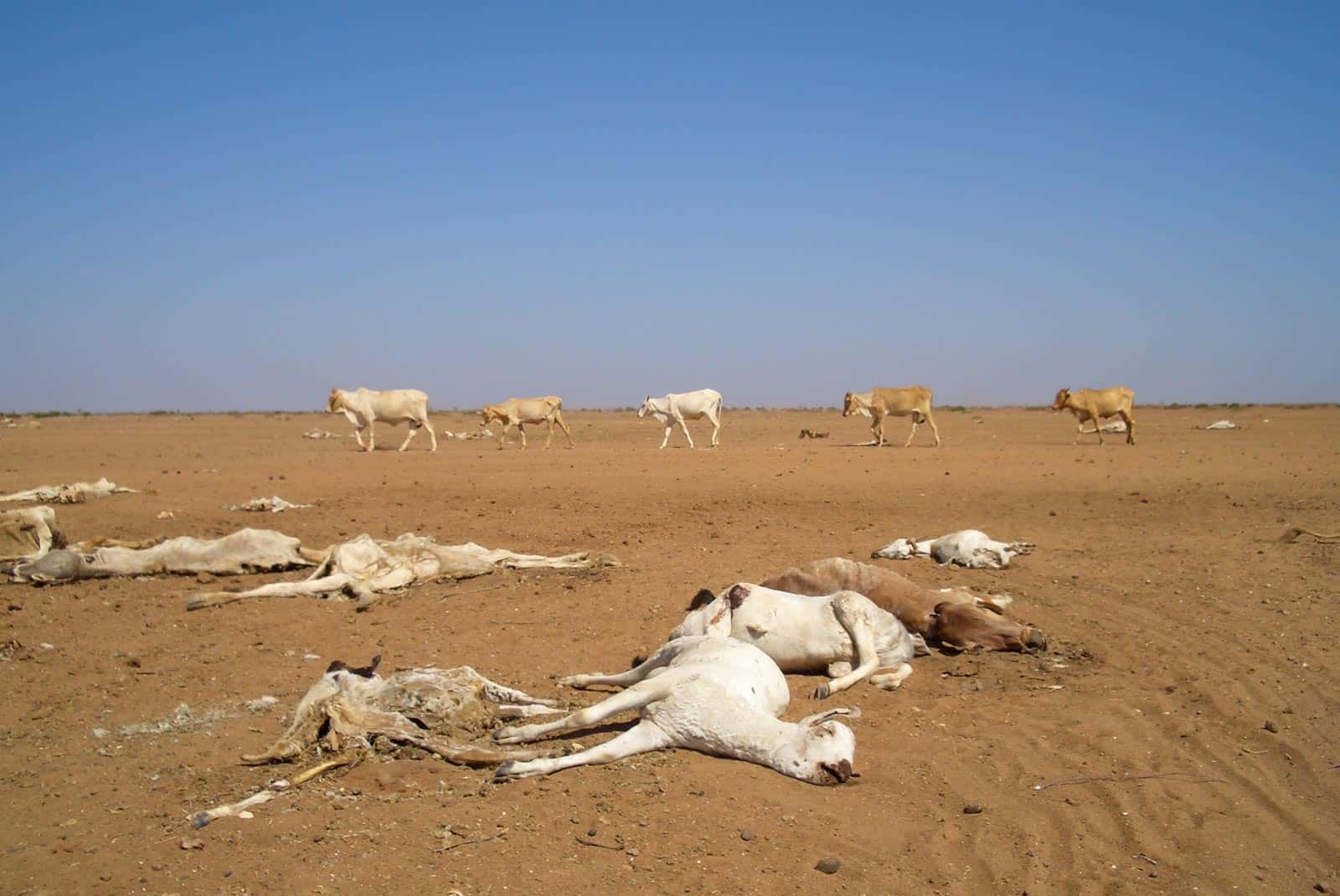

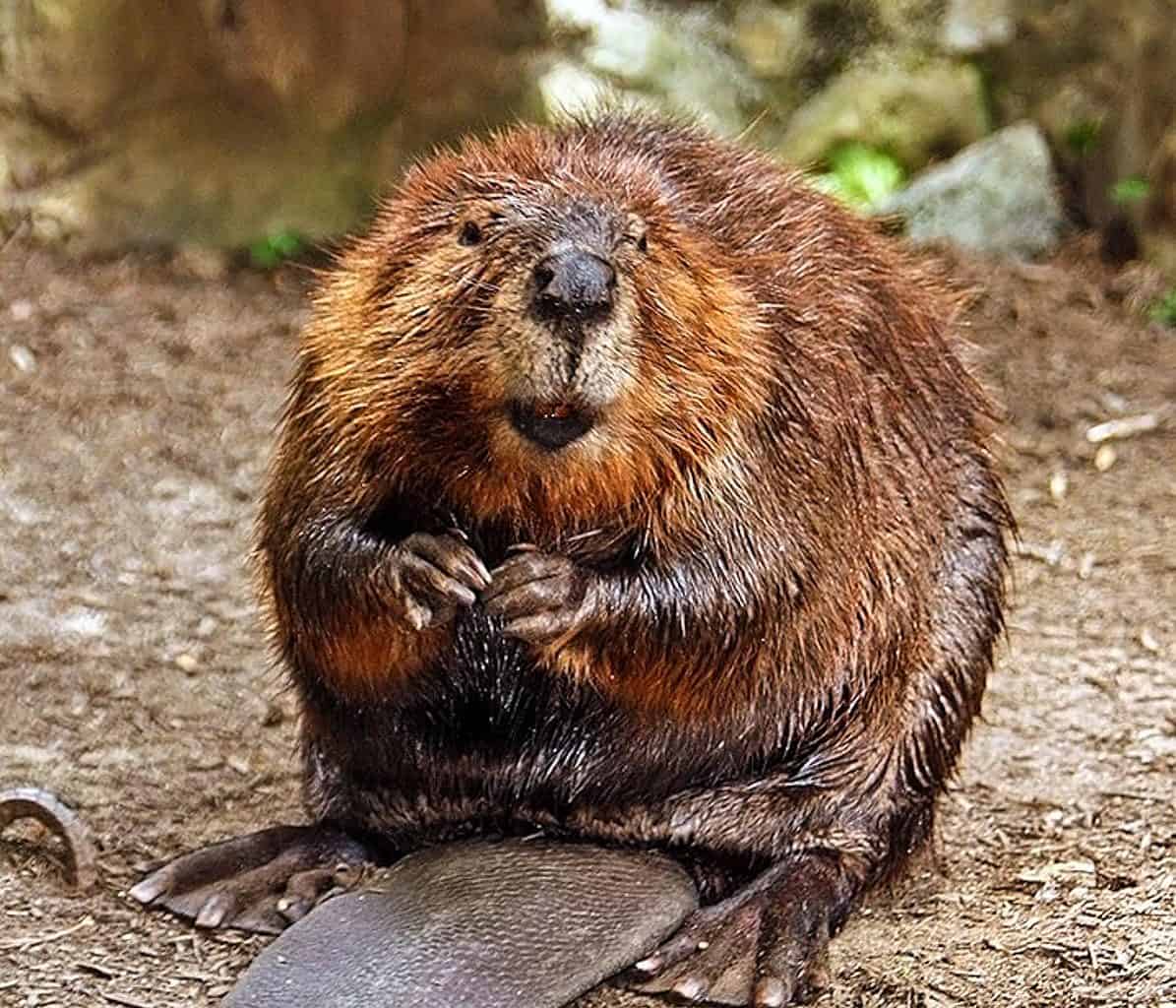
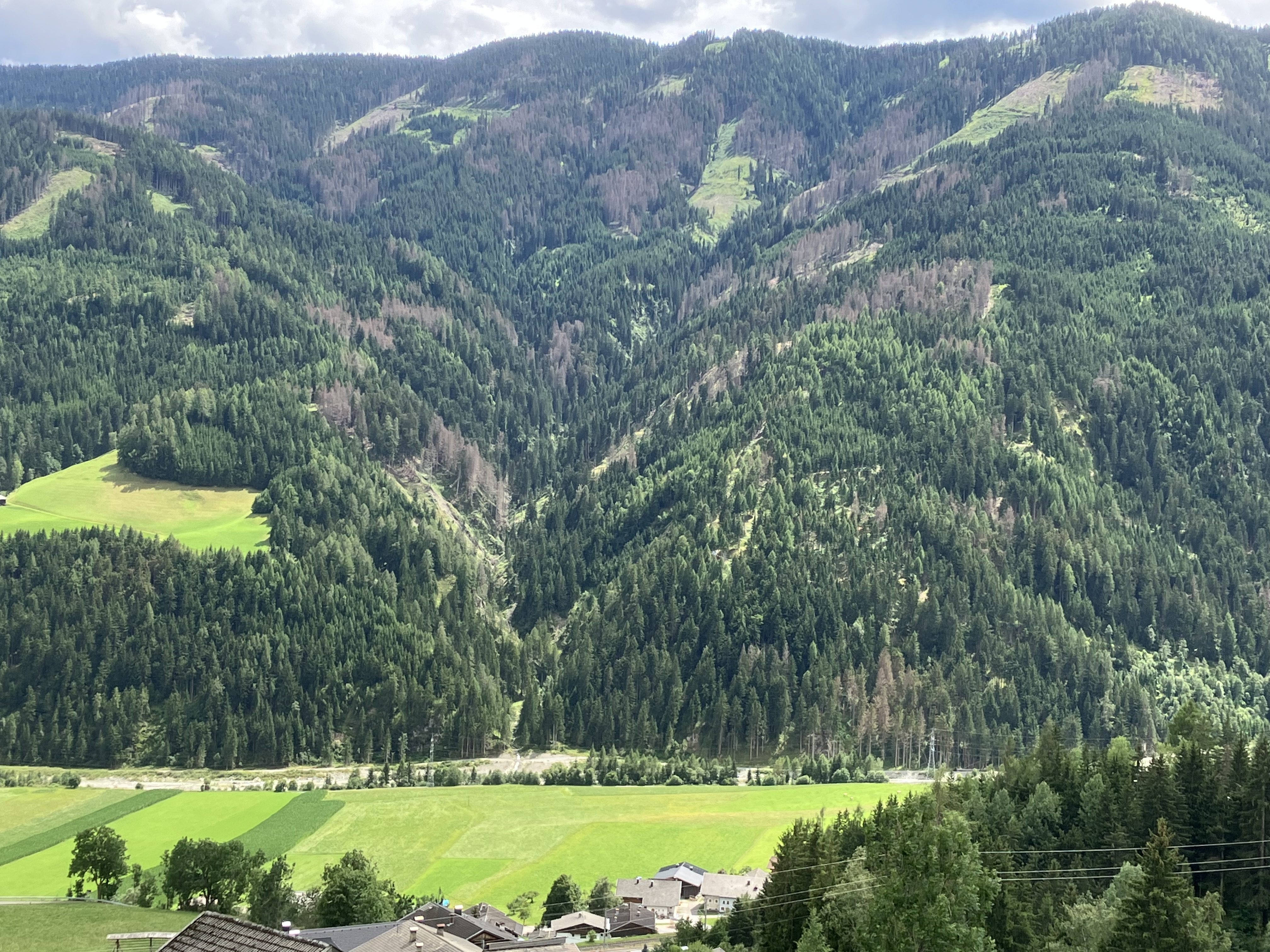
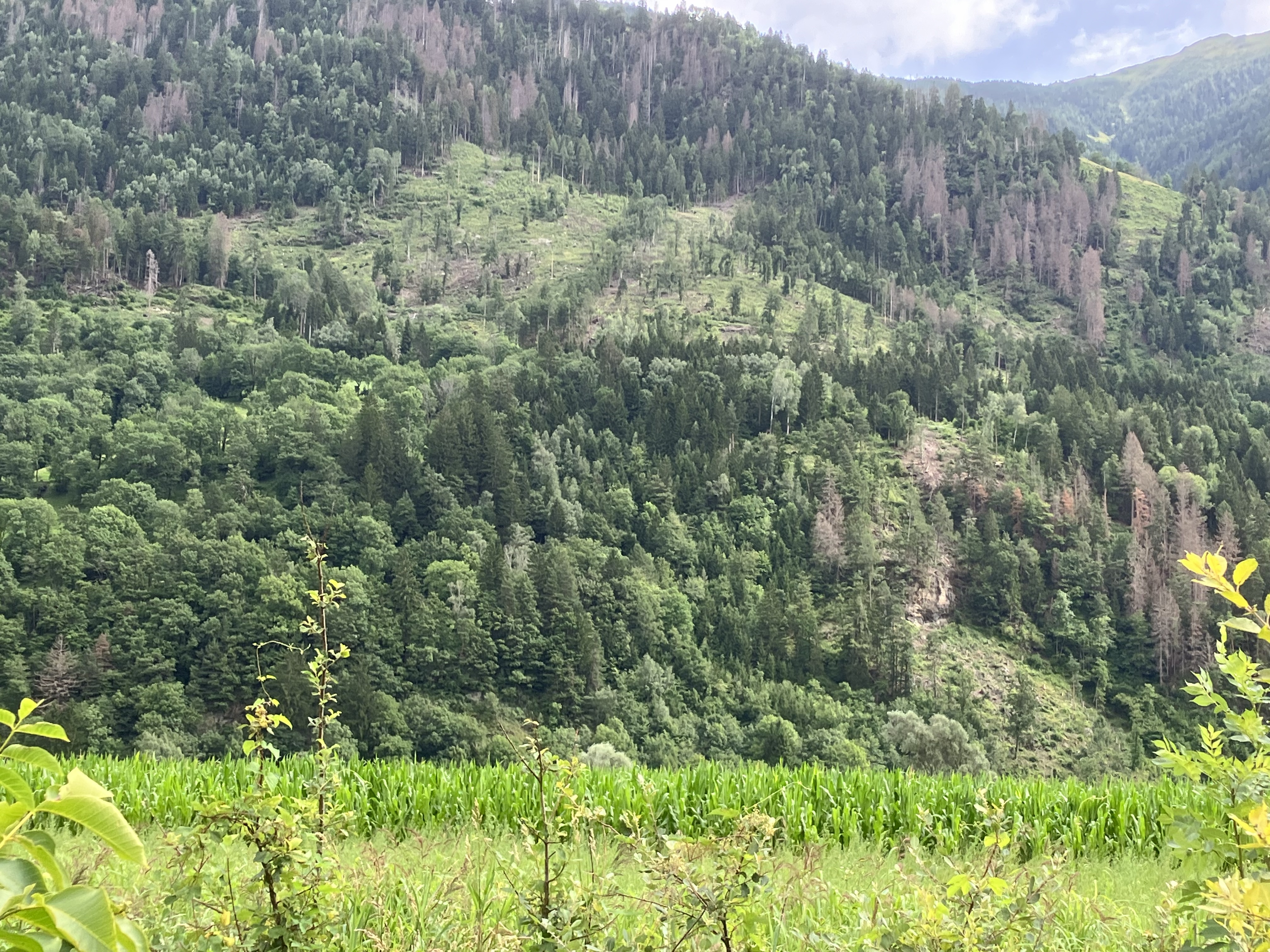
Pingback: How to Clean RV Sewer Hose | 7 Easy Steps (2024)